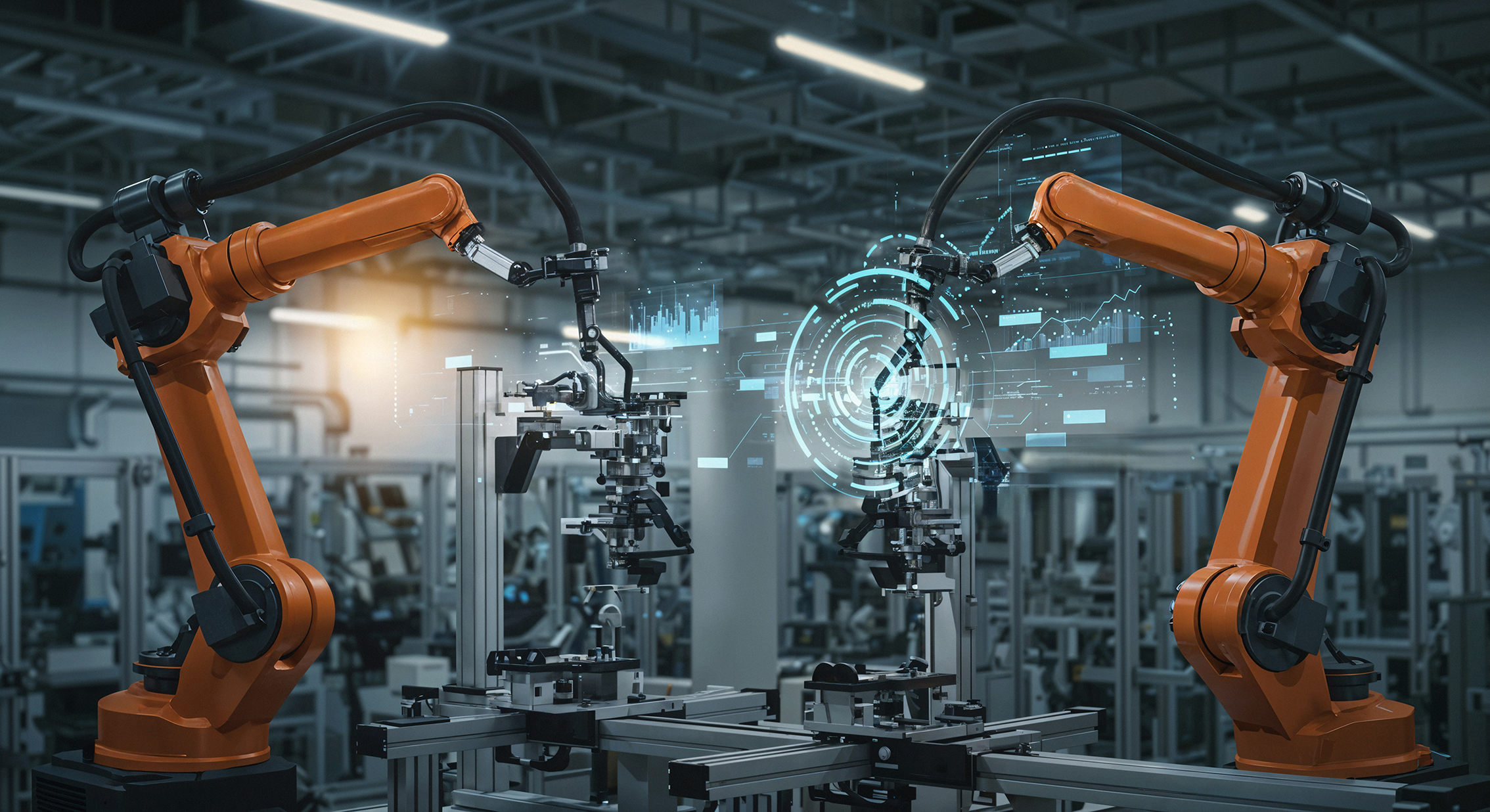Attachment
- Global Trends in the Manufacturing Robotics Industry and the Competitiveness of Korea's Robotics Industry
- Korea's manufacturing robot industry ranks 4th in the world in market size and 1st in robot density
The International Federation of Robotics’ World Robotics 2024 report recorded the number of new manufacturing robots sold worldwide in 2023 as 541,302 units, the second-highest annual sales on record. Despite challenges posed by the delayed recovery of the global manufacturing sector, the industry achieved annual sales of over 500,000 units for three consecutive years and maintained a steady growth trend. From 2024 to 2027, the industry is expected to grow at an average annual rate of 3.6%, selling approximately 601,000 units by 2027. More specifically, emerging Asian countries, including China, are rushing to adopt robots to make their manufacturing processes smarter, and megatrends such as a declining working-age population caused by low birth rates and an aging population, rising labor and logistics costs, and the acceleration of digital transformation are expected to serve as positive drivers boosting demands for industrial robots.

The global manufacturing robot market is led by five countries - China, Japan, the United States, South Korea, and Germany - dominating 77.6% of the total market. South Korea holds 5.8% of the global manufacturing robot market, ranking fourth worldwide. Especially noteworthy is the country’s robot density. As of 2023, Korea’s robot density (number of manufacturing robots per 10,000 workers) remained unchanged from the previous year at 1,012 units, exceeding the global average of 162 units by more than six times. Driven by the high level of industrial automation systems in key industries that use industrial robots, such as electronics and automotive, South Korea became the first country in the world to surpass a robot density of 1,000 units in 2021 and has since solidified its position as the world's leading country in the use of industrial robots.
To help the robotics industry grow in a systematic and sustainable manner, the South Korean government enacted the Intelligent Robots Development and Distribution Promotion Act in 2008, based on which Master Plans for Intelligent Robots (in 2009, 2014, 2019, and 2024) have been established every five years since 2009. The first plan (covering 2009-2013) and the second plan (covering 2014-2018) focused on creating an initial market under government leadership and promoted pilot distribution and technology development in various fields such as manufacturing, education, and cleaning robots. During this period, a total of KRW 628.8 billion was invested in robot technology R&D through projects led by public institutions in an effort to lay the foundation for technological development. The 3rd Master Plan clearly defined the roles of the government and the private sector, with the government focusing on expanding the market base by developing standard models and educating users, while the private sector promotes autonomous and sustainable distribution of robots through policies such as rental and leasing services, thereby promoting public-private collaboration.
The government established the 4th Master Plan for Intelligent Robots (2024-2028) in January 2024 and presented a blueprint for innovating and developing the robotics industry by 2030. Under the vision of Building the K-Robot Economy Leading the Global Robot Market, the plan focuses on three major strategic initiatives of strengthening competencies in three major areas, expanding the global reach of the K-Robot market, and laying the foundation for robot-friendly infrastructure. By 2030, the government plans to invest over KRW 3 trillion through public-private collaboration and achieve the goal of deploying one million advanced robots to create new business models utilizing robots and enhance productivity across industries and society.
